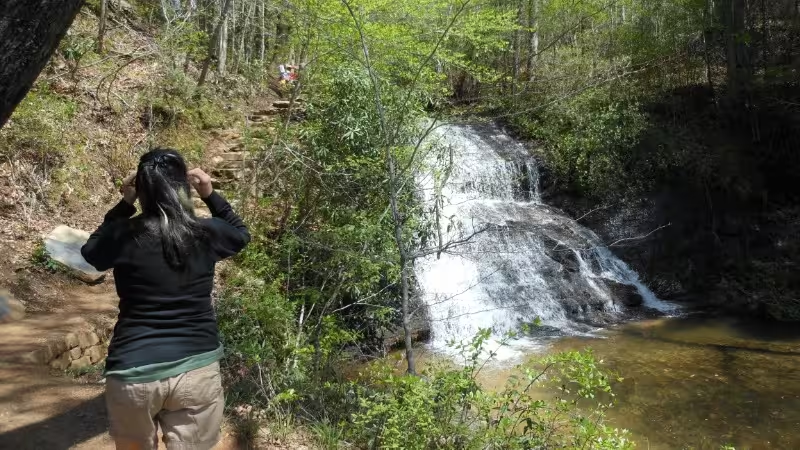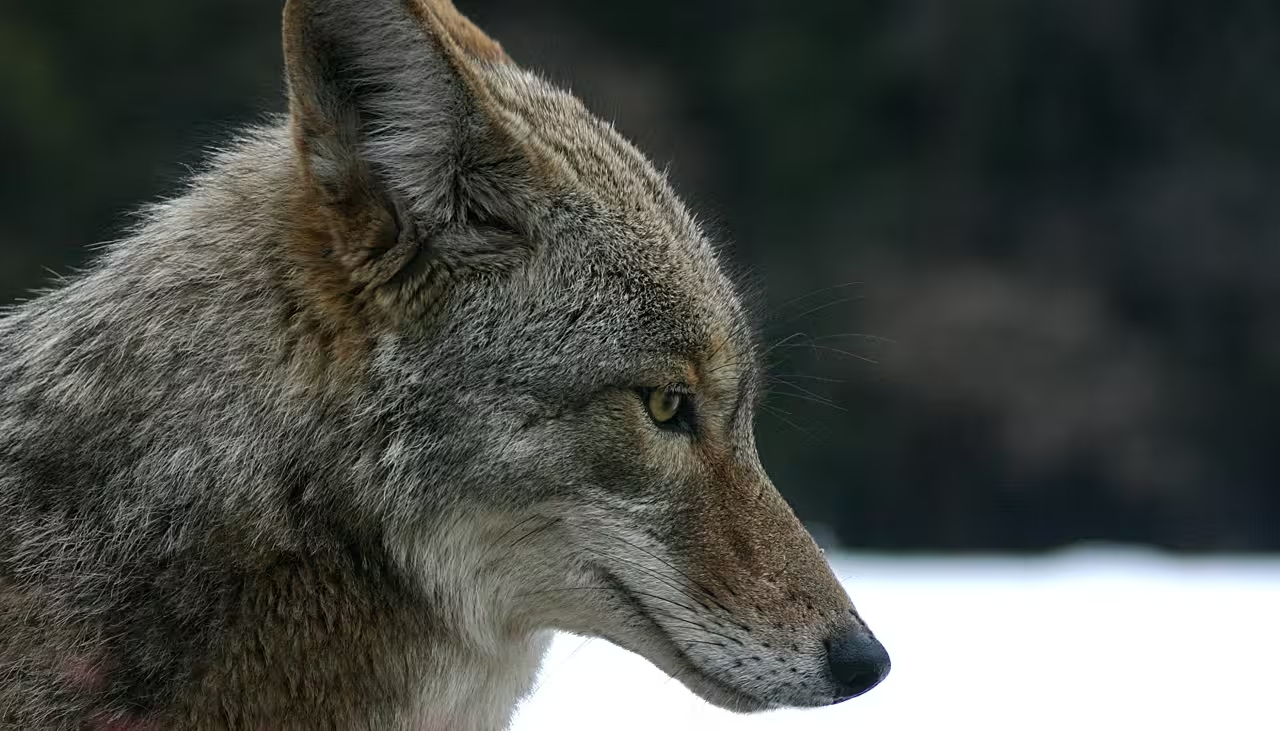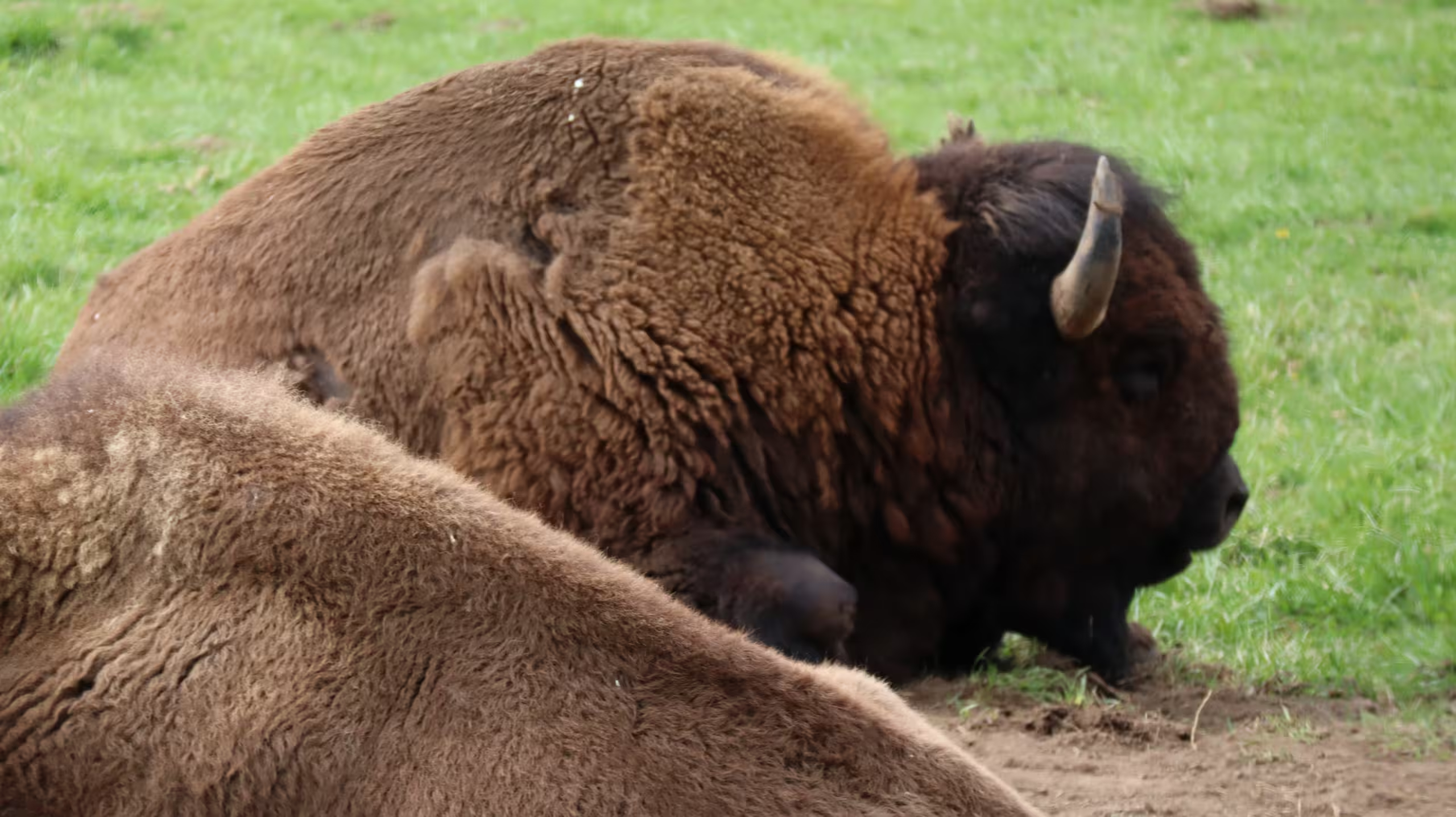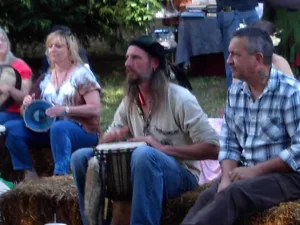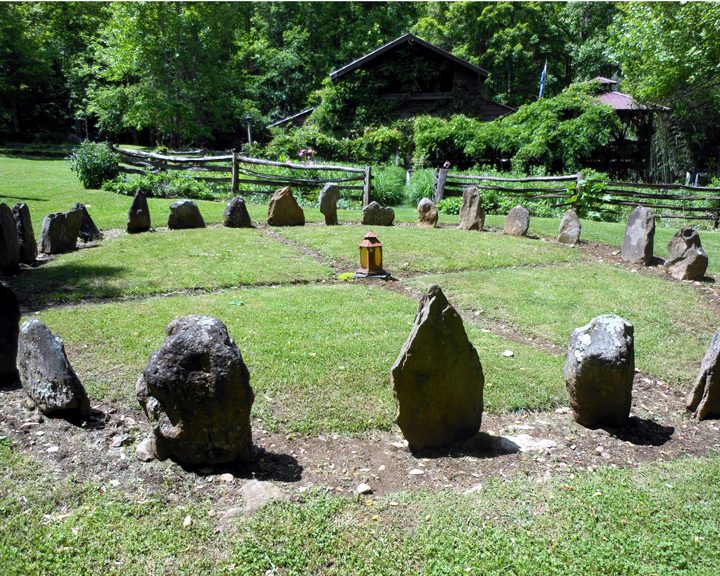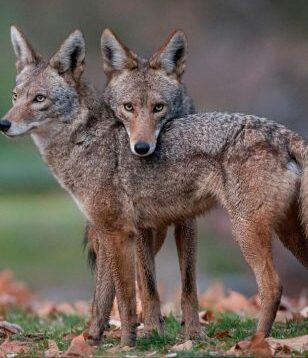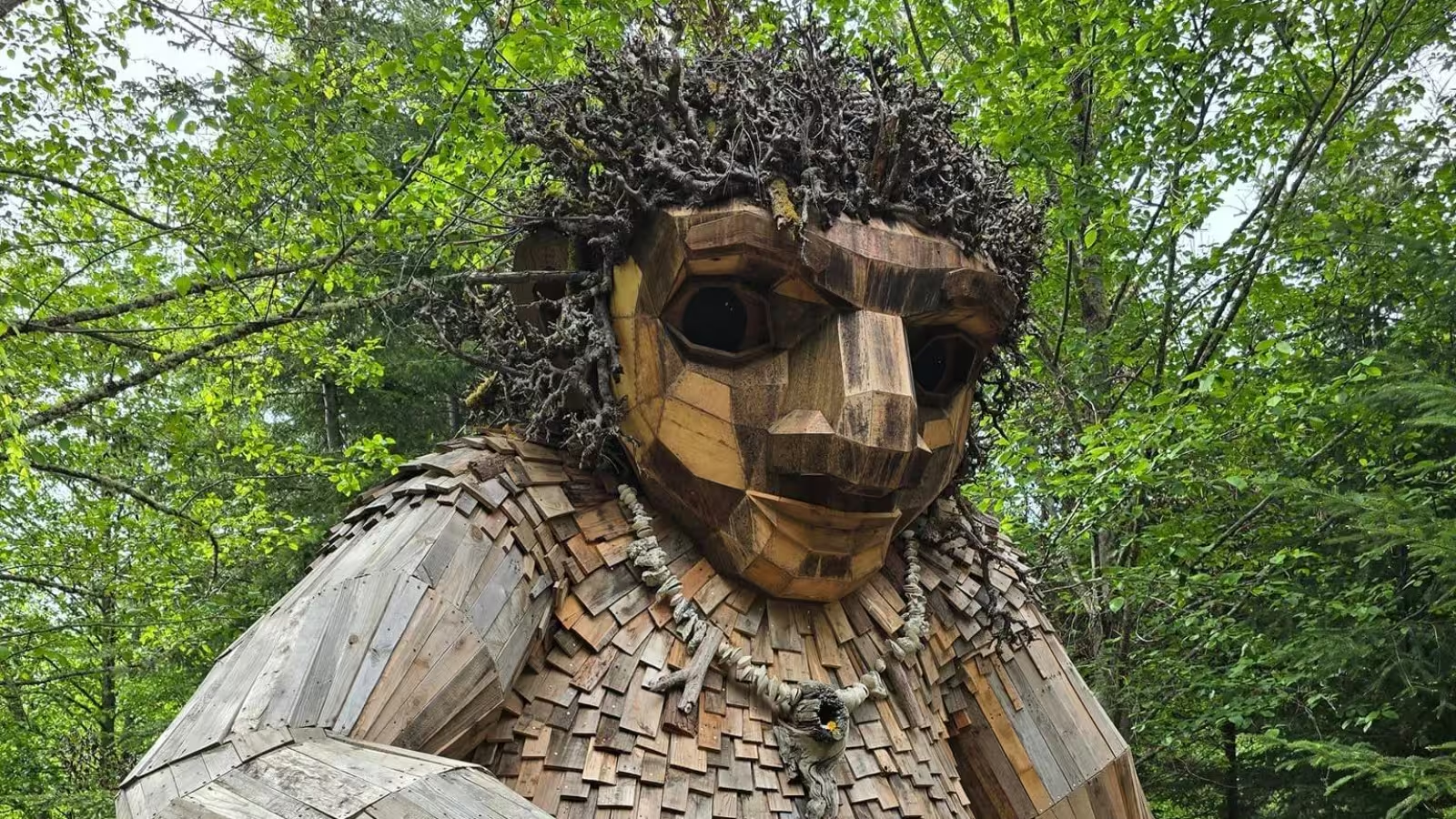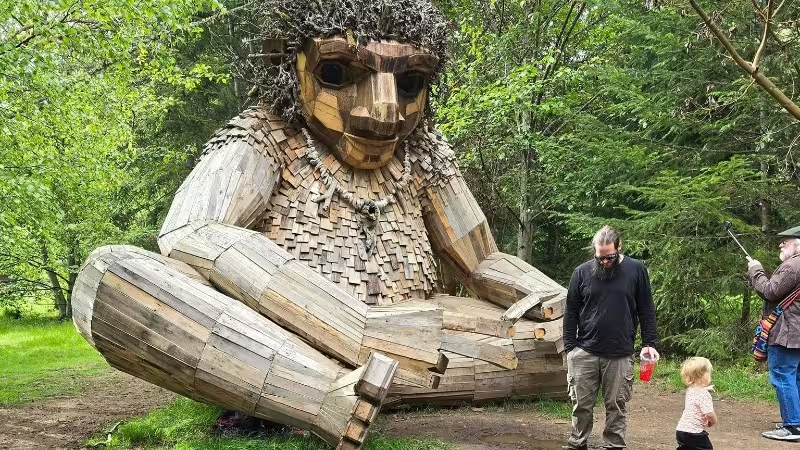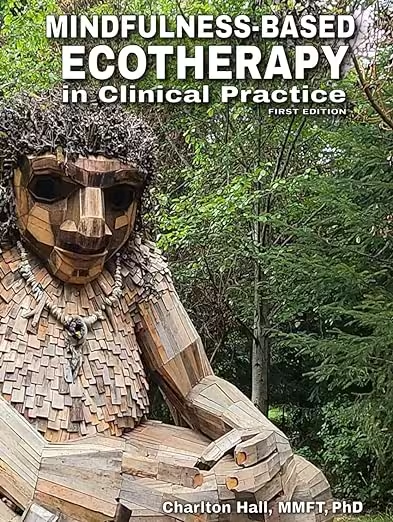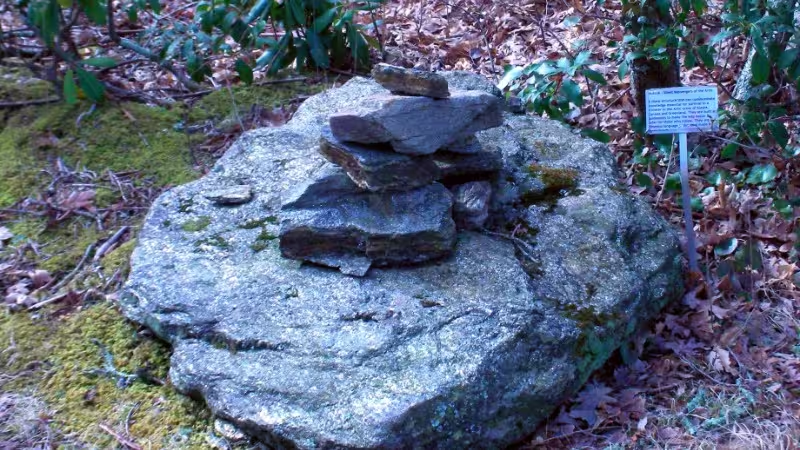
Moving from doing mode to being mode is how mindfulness helps you to deal with stress. When problems arise, they cause stress. When we experience stress the natural tendency is to try to do something about it. The problem with this is that if you could do something about the stress you would have already done so, and you would no longer be stressed.
By moving from doing mode to being mode, we are able to just accept what we feel, without feeling obligated to do anything about it. Stress is a natural feeling and a natural response to problems. To expect not to feel stress from time to time is not a realistic expectation, and telling yourself not to stress out is stressful in itself. Think of it this way: Suppose I expect the weather to be sunny all the time. I complain whenever it rains, and my mood becomes irritable because of the cloudy weather. If I have such an expectation, I’ve set myself up to be disappointed, because rain is a natural part of the weather. So by grumbling every time it rains, I’m complaining about something that’s a perfectly natural part of existence.
Now suppose I complain every time I stress out. Stress is also a perfectly normal part of existence, so expecting never to be stressed out is unrealistic.
The more I tell myself not to stress out, the more stressed out I become. Instead, if I learn to welcome the stress and simply allow myself to be with it until it passes it no longer has a hold on me. Note also that telling myself not to stress out is doing something, and not just being with the stress.
If I notice stressful events with the goal of “trying to relax” or “trying to calm down,” trying is doing, and not being. My goal is to be and not to do.
In being mode, we recognize that when we have strong feelings we don’t have to do anything about them. So if we find ourselves having thoughts of refusing the Call to Adventure, such thoughts are just thoughts. However, if we find ourselves wanting to act on those thoughts by refusing the call, we are engaging in doing mode. One way to escape the Refusal of the Call is to merely shift from doing mode to being mode.
The first step to leaving doing mode is to become aware of the ways in which we engage in it.
Think about how you slip into Doing Mode throughout your day. Doing Mode involves solving problems, figuring things out, and participating in day-to-day activities. Right now, make a mental list of a few of the ways you engage in Doing Mode.
We sometimes create unrealistic expectations for ourselves by assuming that stressful or depressing thoughts and feelings are somehow not “natural.” In fact, just the opposite is true. It is perfectly natural to have stressful or depressing thoughts and feelings from time to time.
Try this sometime: Ask everyone you know if they’ve never in their entire lives had a depressing or stressful thought. I’m willing to bet that you won’t be able to find anyone who would say that they’ve never been depressed or anxious. That’s because, like cloudy days, stressful and depressing feelings are a natural part of being alive.
If we can accept that we don’t have to do anything to fix cloudy days, we can accept that we don’t have to do anything to fix negative thoughts and feelings as well. Sometimes our attempts to fix such thought cycles could be the very thing that makes them worse. Here’s an example of how this process works:
Suppose I am prone to panic attacks. One day I find myself feeling anxious. I can tell by the way my thoughts are racing and by the way my body feels that my anxiety is rising. I know from previous experience that rising anxiety has led to panic attacks in the past. As I realize this, my anxiety increases even more because I’m afraid that I’m about to have yet another panic attack. So I try to do something to stop it by forcing myself to calm down. But “trying to calm down” is doing mode. The harder I try to calm down, the more I stress out about the fact that I can’t calm down. The more I stress out about the fact that I can’t seem to calm down, the more my anxiety rises, because I’m trying to do something to fix it, and what I’m doing isn’t working. The more I fail at fixing it, the more I stress out and try even harder to fix it. This cycle builds and builds until I have another full-blown panic attack.
What if, when I felt my anxiety rising, I was able to say, “Oh, that’s another panic attack that’s about to happen. I’ve had them before. Yes, they’re unpleasant, but I’ve managed to survive them. No need to try to do anything to stop it.”
In this case, I’m not trying to do anything. I’m not trying to stop the attack. I’ve consciously chosen to sit with it and be in the moment with the natural experience, paying attention to and describing the sensations to myself. Because I’m not engaging in doing mode by trying to fix something, I’m not adding to the anxiety. I’m just allowing things to happen in their own time, while I observe with my senses. From this perspective, even if I do have another panic attack, I’m being still with it and observing it rather than interacting with it. I know from previous experience that it won’t kill me, however unpleasant the experience might be. I’m engaging my internal observer to be with the experience without having to do anything about it.
This ability to pay attention to the present moment is the essence of moving from doing mode to being mode.
One of the most basic ways to engage in Being Mode is to simply start paying attention to the sensations you experience in the world around you. One thing you can always focus on is your breath. This is because your breath is always with you. Try this now by going outside and taking a few deep breaths while noticing the sensations you’re experiencing. What did you feel in your body? Did you notice any smells in the air? Were you able to taste anything in the air as you exhaled? What does your breathing sound like? What physical sensations are you experiencing?
Leaving Doing Mode and entering Being Mode can be as simple as paying attention to what your senses are telling you in the present moment. Think about some ways you can engage all of your senses. For example, you might light a scented candle or go outside and smell the flowers.
From Doing Mode to Being Mode
Now that you have a list of activities you can engage in when feeling tempted to engage in doing mode, you can choose to be with these activities instead.
The Refusal of the Call often manifests in a temptation to return to the way things have always been. Change is difficult, and setting out on a path of personal and permanent change for the better can sometimes be the most difficult life-changing experience of all. We feel tempted to tell ourselves, “Change is too hard,” or “I’ve always been this way, why change now?” or “People won’t like me if I change.”
We’re very good at coming up with excuses because if we don’t then we have to take responsibility for our lives. That can be a scary place to be for those of us who have never done it before. When we take responsibility for our own lives we have nobody else to blame if we fail. What we sometimes forget, though, is that if we take responsibility for our own lives, then we are the only ones who can take credit for our successes.
Taking the leap of faith required to trust ourselves is a major step in answering the Call to Adventure. Sometimes it helps to have a little Supernatural Aid. We’ll talk about what this aid might look like in future posts and how it might help you to move from doing mode to being mode.

